What is a multinational corporation (MNC – Multinational corporation)? What is the purpose and role of multinational companies in foreign direct investment and investment activities? Its organizational structure and internal transfer operations – All of that will be clarified in the article below.

1. Concept and role of multinational companies in foreign direct investment activities.
According to the definition of a group of United Nations experts, a multinational company (MNC – Multinational Corporation) is a company that owns or controls production or service capabilities outside the borders of a country in which it operates. That’s the headquarters.
The subjects of foreign direct investment are multinational companies. It is the internationalization of business activities of MNCs that directly affects the formation and development of foreign direct investment (FDI).
The World Trade Organization gives the following definition of FDI:
Foreign direct investment (FDI) occurs when an investor from one country (the investor’s country) acquires an asset in another country (the investment-attracting country) along with the right to manage that asset. The management aspect is what distinguishes FDI from other financial instruments. In most cases, both the investor and the assets he or she manages abroad are businesses. In such cases, the investor is often referred to as the “parent company” and the assets are referred to as “subsidiaries” or “corporate affiliates”.
According to statistics, more than 90% of foreign investment in the world is from multinational companies. In the current economic context, FDI is considered a capital support solution for poor countries and is one of the indispensable parts of a modern economy. Through MNC investment methods, FDI will form the following manifestations:
– Establishing a company with 100% foreign capital: this is a form of MNC investing capital in a country’s economy to establish a company. 100% foreign capital. These companies are owned and controlled by the laws of the host country regarding their production and business activities.
– Participation in economic contracts and business contracts: is a form in which a foreign investor associates with a domestic investor in the host country to carry out one or more business activities in the host country on the basis of The facility clearly stipulates the responsibilities of each party as well as the rights in profit distribution. For this form, there is no need to establish a company or enterprise, or in other words, there is no need to wait for a foreign legal status in the investment-receiving country.
– Acquiring part or all of an enterprise operating in the investment receiving country.
– Contributing capital to a joint venture with the host country: parties participating in the joint venture capital contribution must be responsible for contributing capital to the joint venture, and at the same time dividing profits and risks according to the capital contribution ratio.
– Build – operate – transfer form and some other similar forms such as build, transfer and operate; Build and transfer are types of investment to encourage the construction of infrastructure projects such as bridges, roads, ports and energy supply projects while the state receiving investment still faces many difficulties. financial side.
In Vietnam, all forms of FDI mentioned above also exist. Since expanding the economy, FDI capital inflows have increased, both in quantity and quality. Specifically, the Foreign Investment Department, Ministry of Planning and Investment has just announced that in 2014 foreign investors registered to invest 20.23 billion USD in Vietnam; equal to 93.5% compared to the same period in 2013 and increased 19% compared to the 2014 plan (17 billion USD). This is an unexpected result.
MNCs include a parent company in one country, and make direct investments abroad to form subsidiaries. These parent companies influence each other and share knowledge, resources and responsibilities. In a multinational corporation, there are established relationships: (1) vertical relationship between the parent company and its subsidiaries (control relationship or domination relationship depending on the capital ratio). participate in investment); (2) horizontal relationships between subsidiaries. However, in the process of operating transactions, the companies in this relationship are decided or influenced by the parent company.
MNCs grow very quickly and play a huge role in the world economy, producing about 20% to 25% of total world output and accounting for 90% of the total volume of foreign investment in the world. Global.
2. Objectives and organizational structure of multinational companies
Multinational companies believe that their fundamental factor is shareholder value. Therefore, the goal of multinational companies is often to maximize shareholder wealth. With this goal, the company must strive to bring the best benefits to shareholders, which is reflected in stock value and dividends with a moderate level of risk or the company may bring risks. at least to shareholders with a certain level of benefits.
MNCs can be classified into three large groups according to the structure of production facilities as follows:
“Horizontal” multinational companies are multinational companies that produce and trade products of the same type or similarly in the countries where this company is present. A typical company with this structure is Mc Donalds company.
A “vertical” multinational company is a company that has production facilities or branches and subsidiaries in a number of countries that produce products that are inputs for production. products of subsidiaries or branches in other countries. A good example of this type of structure is Adidas.
A “multi-dimensional” multinational company is a company with many branches or subsidiaries in many different countries that develop and cooperate with each other both horizontally and vertically. A typical example of this type of multinational company with this structure is Microsoft.
3. Internal transfer operations of multinational companies
Internal transfer operations of an MNC are trading activities between the parent company and its subsidiaries or between the MNC’s subsidiaries. Due to the large scale of operations and spread over a geographical area including many countries with many different policies and customs, the internal transfer operations within the MNC are very diverse and complex. quantity is increasing. Therefore, individual tax authorities of each country will be very difficult to manage and control. These operations will greatly affect the development strategies of MNCs.
Based on the nature and characteristics of common internal trading transactions in the market, we can divide internal trading transactions into the following groups:
– Internal purchasing operations involving materials of highly specific nature, or materials that a subsidiary located in a country has unique advantages that cause the price of those materials to be low.
– Internal purchasing operations involving finished products, subsidiaries in different countries can buy finished products produced in one country and then resell them without having to invest in machinery or labor for production.
– Transactions related to the transfer of large amounts of machinery and equipment for production, especially when the destination of these transactions is developing countries.
– Transactions related to intangible assets such as franchises, copyrights, trademarks, and costs related to product research and development.
– There is provision of management services, financial services or costs for experts to work in the transferee country.
– Have sponsorship and receive sponsorship in terms of resources such as financial and human resources.
– There are loans and loans within the MNC’s subsidiaries or between the parent company and its subsidiaries.
These internal transfer operations take place regularly with great value, so to limit the negative impacts of these operations, there needs to be a general and consistent principle of application across countries. . This principle was established to ensure fairness in trade, and is the basis for trading, exchanging goods and providing services between countries. The principle applied is the principle based on the ALP market price (The Arm’s Length Principle). According to this principle, related parties must set transfer prices for internal transactions as if they were independent partners. This means that when companies in an MNC have a trading relationship with each other, the commercial and financial conditions in the economic contract (prices of goods, services, credit terms, etc.) .

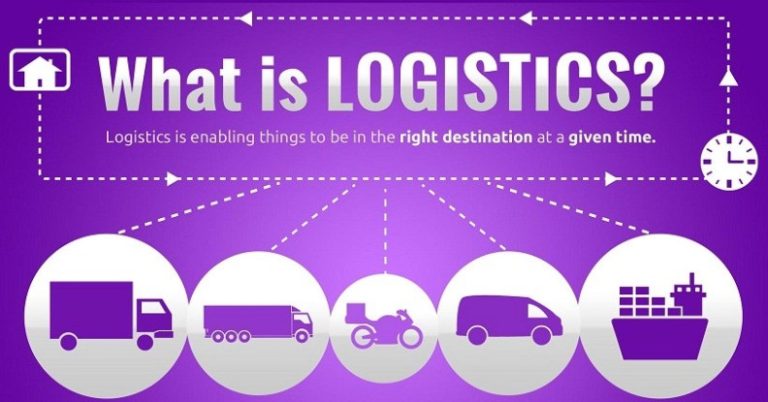

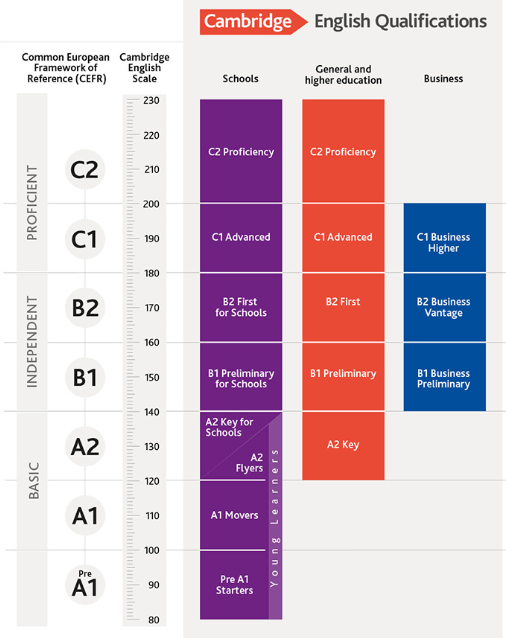
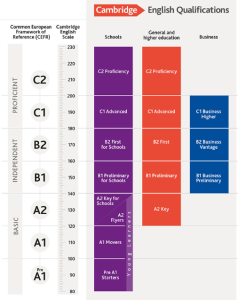
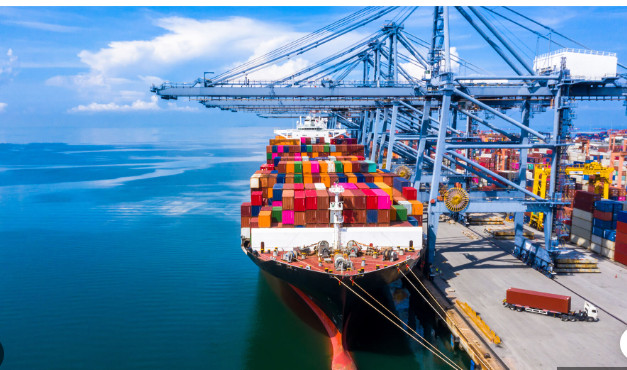
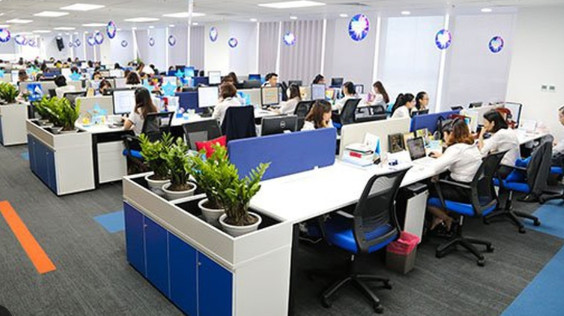
Leave a Comment